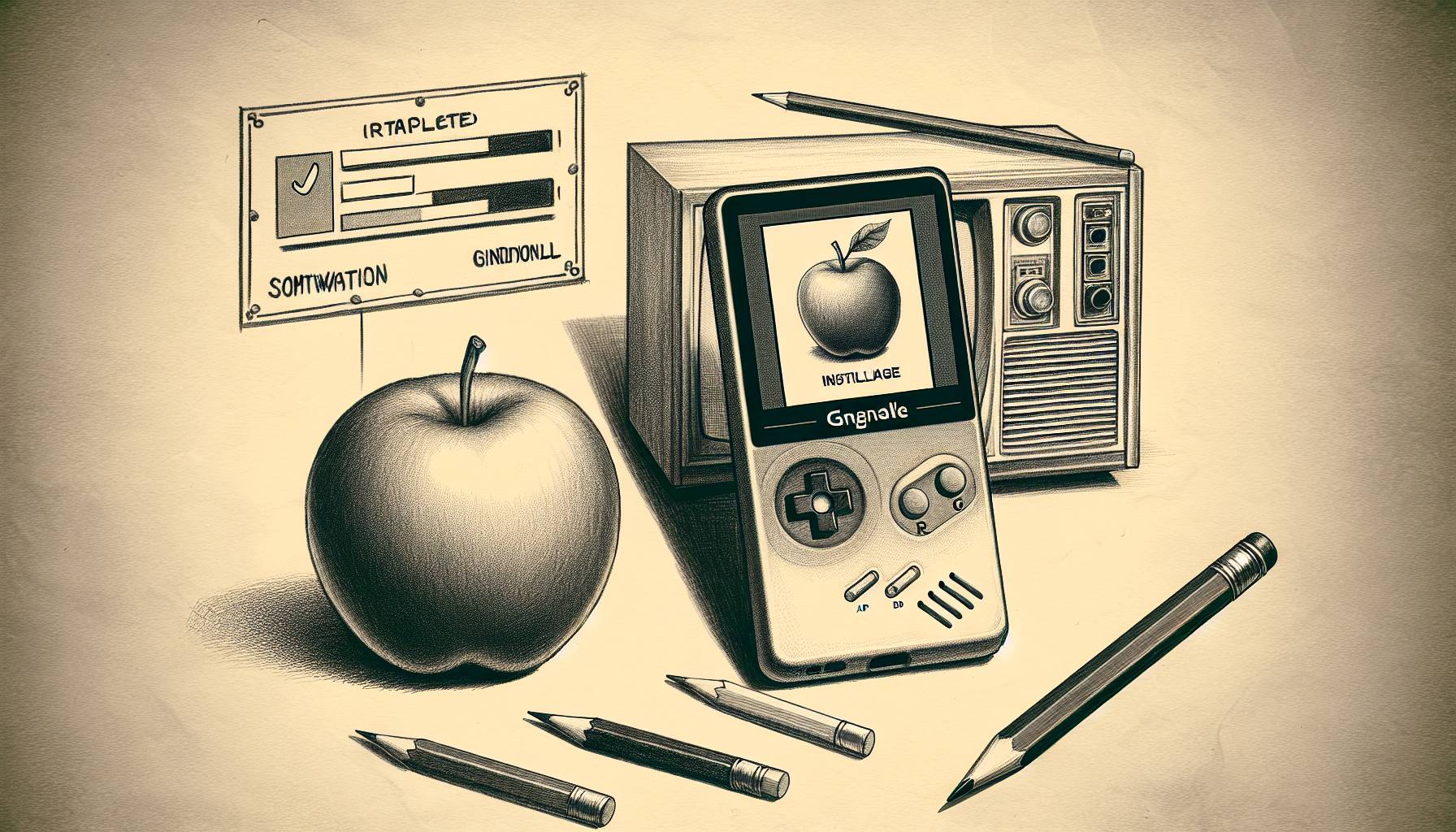Notable apps: Land Air Sea Warfare
Platforms: iPhone, Mac, Windows, Windows Mobile
Specialty genres: Strategy Games
Company size: 1
Short description of company: Isotope 244 is an independent developer focusing on creating fun games for iPhone, Mac, Windows, and Windows Mobile. Isotope 244 has been developing games and screensaver since 1992. We create games because of our love for computer graphics and entertainment.
How did you and your firm get into the iPhone game development business?
I wanted to do a game for the iPhone ever since it was first released, but I was deep in the middle of developing Land Air Sea Warfare which took a lot longer than I had anticipated. When I first started Land Air Sea Warfare I had a set of features I wanted to include in the game, but what happens is as I am programming I think wouldn’t it be cool if you could do X? And then a few days later X is added to the game and the release date gets pushed back. As you can imagine after 200 new features it takes a while 🙂 When I make a game I have a general direction of where I want to go, and usually end up there with many unplanned features added along the way, which makes for a great games, but long development times.
Once I knew Land Air Sea Warfare was nearing completion, I started on the iPhone specific features of the game, such as the multi-touch selection and touch optimized user interface. The iPhone multi-touch feature is an awesome way to realize new control schemes and Apple did such a great jobwith how it responds to touches. It allows people to play a real time strategy like never before.
In your opinion, how has the iPhone and Apple’s iTunes App Store changed the gaming industry?
The iPhone has changed the gaming industry in two major ways. The first being it has brought multi-touch gaming to more people than anything else before it. Apples notebooks have had multi-touch for quite a while, but hardly any games took advantage of it, and it is just a small pad. Having the whole screen a multi-touch device opens a whole new paradigm of control opportunities to games, and new interaction brings innovation to games. Much like with the Wii, there is nothing special about the Wii in terms of hardware or graphics, its specialty and why it’s so popular is HOW you control the games, and the iPhone brings this to the mobile game world like nothing before it. Multi-touch is a very intuitive control scheme and its great when playing to be able to swipe the view around to see the action, or use two fingers to quickly select several units to send into combat.
Secondly, the iTunes App Store has brought the easiest to use and most seamless mobile app shopping experience to users. I am very familiar with the Windows Mobile market as I had several games at the top of the Handango and PocketGear charts for years, and the App Store is so much easier to buy games from and manage them with. Most people don’t realize what an increase in usability this is from what there was before.
Describe the differences between developing games for the iPhone and the iPad.
I am in the middle of designing and optimizing my game for the iPad as I answer this question, so I can take this one head on. Most users don’t see the iPad as being that different from the iPhone, and when they are off I guess they do look a lot alike, but from a game design perspective they can require very different user interfaces, it depends on how much user interface you have in your game.
With my new strategy game Land Air Sea Warfare there is a lot of user interface on the screen, because efficiently managing and controlling a fighting force of 1000 units requires a very easy to use and intuitive interface. The huge plus with the iPad is it has more than five times the pixel count of the iPhone, creating a lot more area to provide controls and displays, but the drawback is to fill all that extra screen space requires a lot more processing power. With the additional screen space of the iPad you are also changing how the user relates to the game, it’s more of an immersive feeling rather than an “in your hands” one.
What factors go into how you ultimately price your games?
To price a game is an elusive task, too high and your sales will suffer, too low and you may have high volume but little revenue. I based my price on a combination of several factors, such as how long it took to produce and the features and prices of other games in the market. With my new game Land AirSea Warfare I priced it based on its unique features and massive content, it has over 10,000 frames of animation, over 500 sound effects, over 100 units and technologies to research, 40 different map combinations to play on, and several victory conditions. Based on the user feedback I have received the price is right and people love the game.
Describe what your dream game for the iPhone would look like.
I have always loved strategy games which make you think as well as provide action and excitement. My dream game for the iPhone would have to combine many of its capabilities seamlessly into a strategic mishmash of excitement. The accelerometer, multi-touch screen, and camera would all have to beintegrated somehow. I find it hard to even describe this game as I am thinking about higher level game play mechanics. That is the challenge of game design, dissecting an idea of emotion and capabilities into user interaction with graphics. One idea I have always wanted to try out is a game based on growing a plant, something organic and fluid based on chaos theory, but with strategic elements. It’s a pretty strange idea; I may try to create a prototype of it after my next project is done. With something so abstract it’s sometimes hard to imagine how it will be a game, that’s the amazing part of what I love to do, realizing an idea in my mind to something you can play on the iPhone!












